REVISION NOTES
2.9.1 Describe the structure of the thorax, including the ribs, intercostal muscles, diaphragm, trachea, bronchi, bronchioles, alveoli and pleural membranes
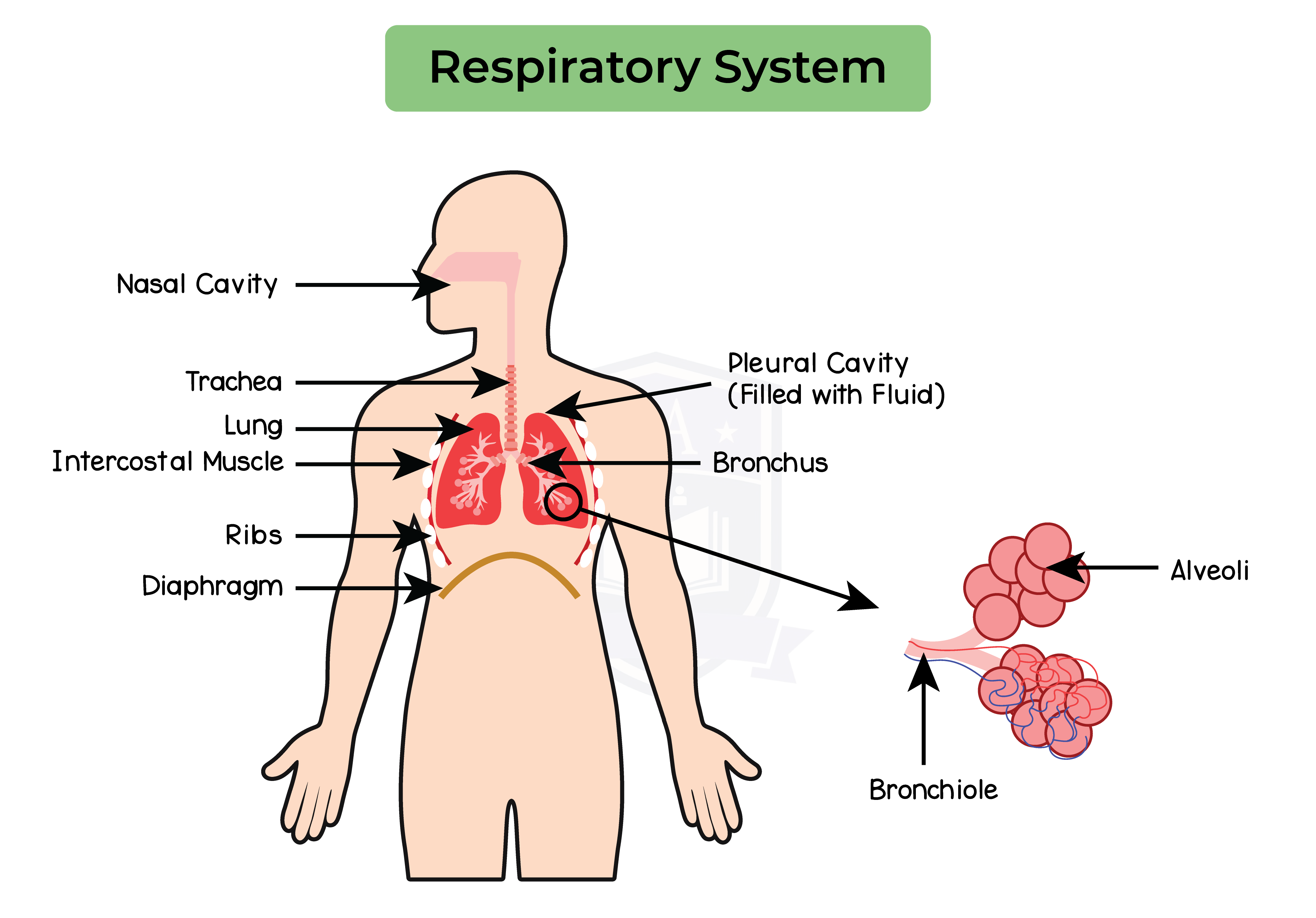
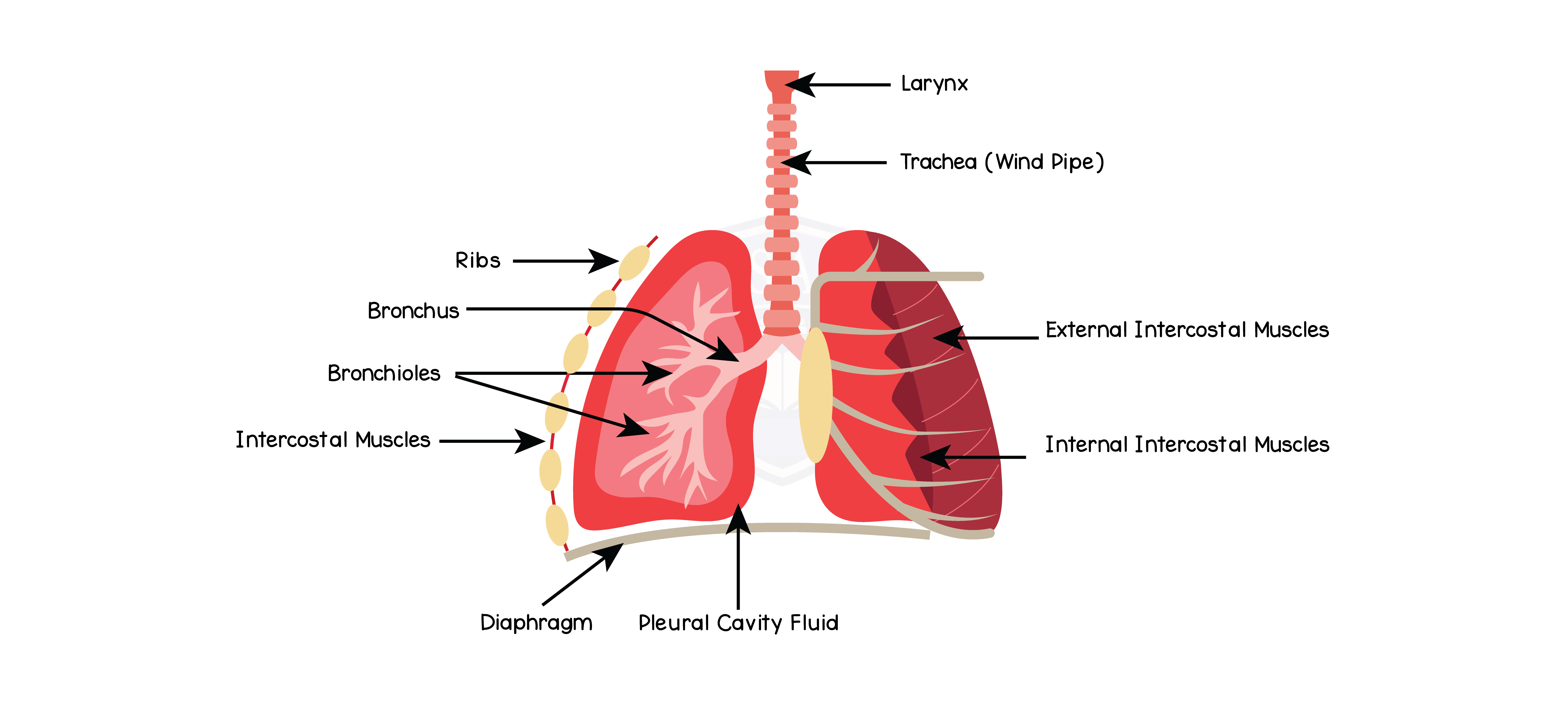
2.9.2 Understand the role of the intercostal muscles and the diaphragm in ventilation
2.9.3 Explain how alveoli are adapted for gas exchange by diffusion between air in the lungs and blood in capillaries
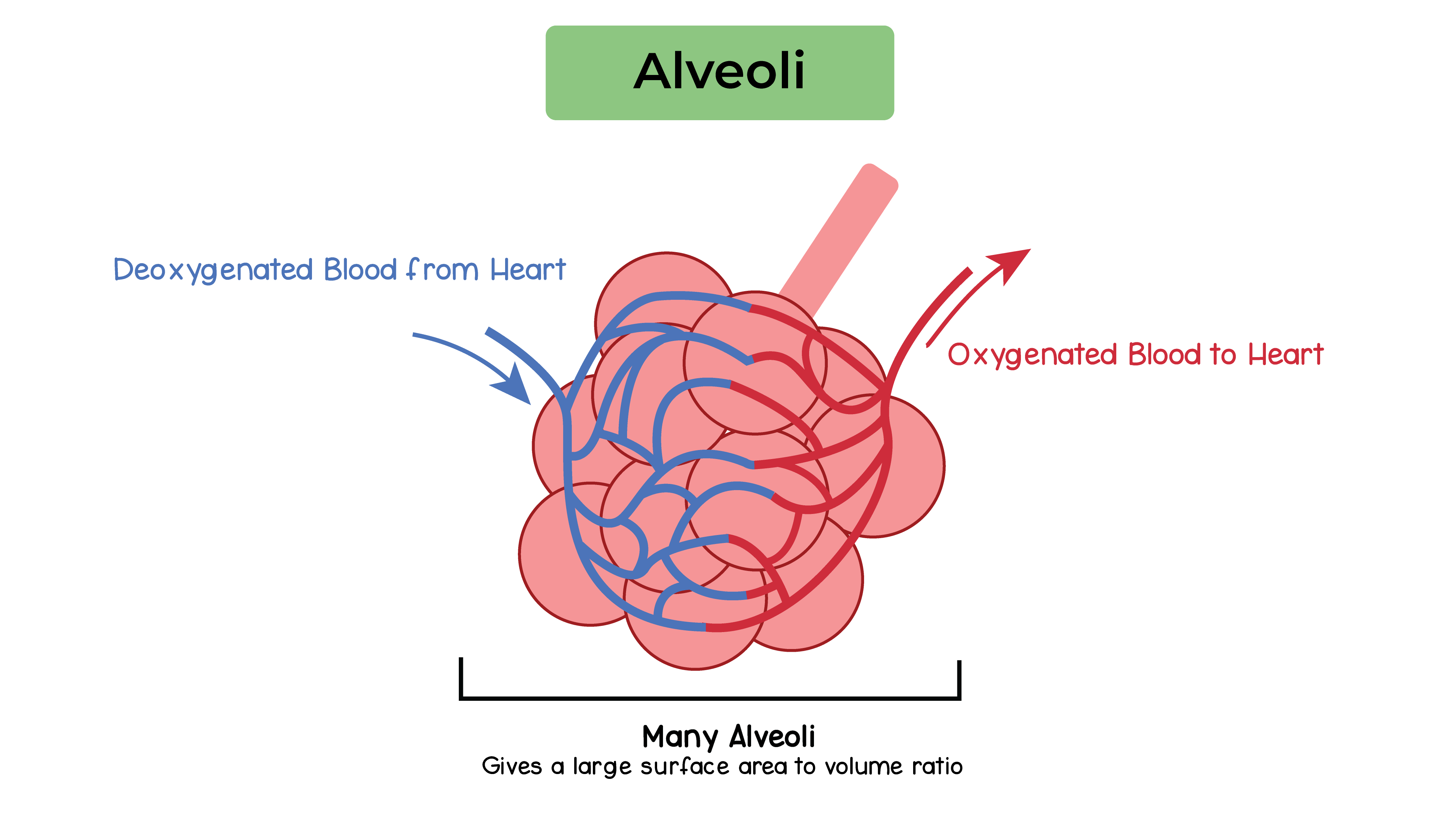
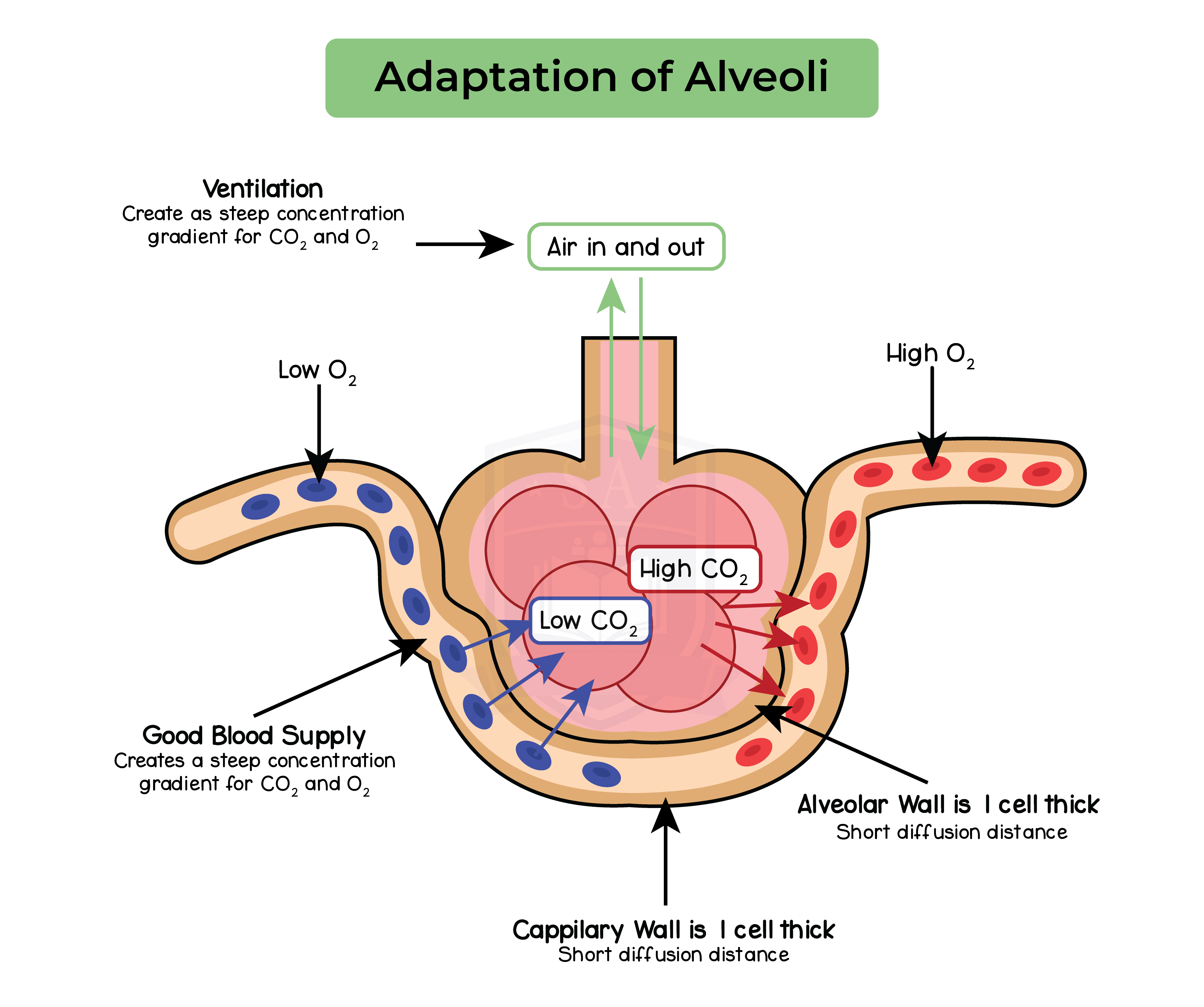
2.9.4 Understand the biological consequences of smoking in relation to the lungs and the circulatory system, including coronary heart disease
Smoking:
Effects of nicotine:
Effects of carbon monoxide:
Effects of tar:
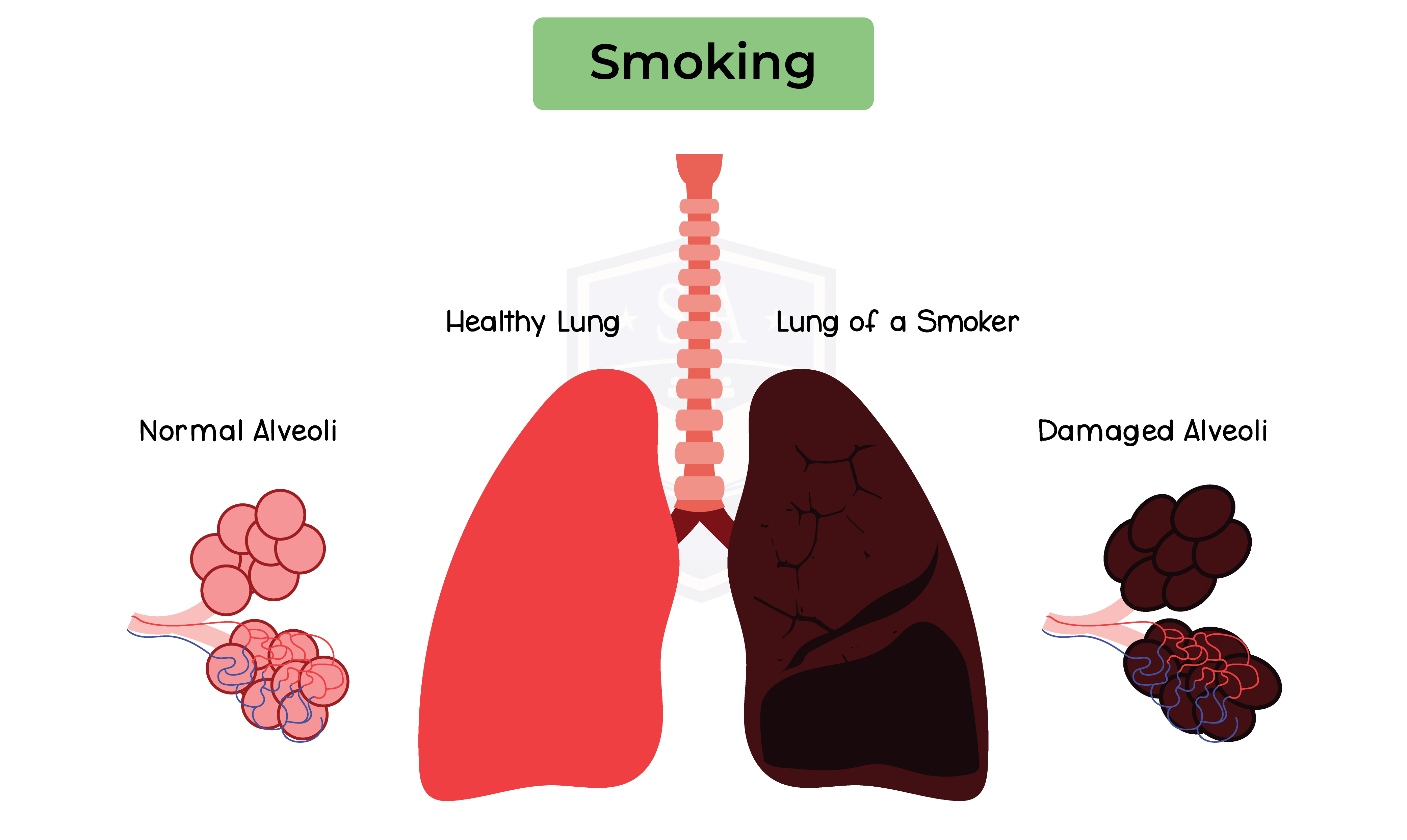
2.9.5 Practical: investigate breathing in humans, including the release of carbon dioxide and the effect of exercise
Method:
Results:
Breathing rate and fitness:
Limitations:
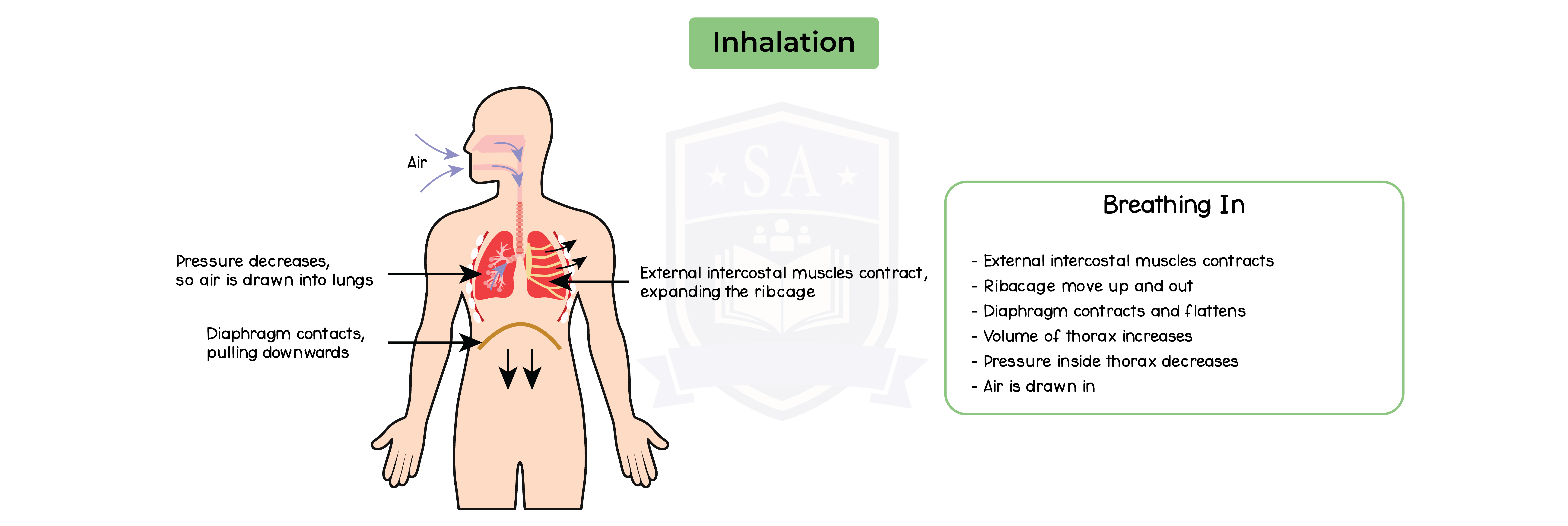
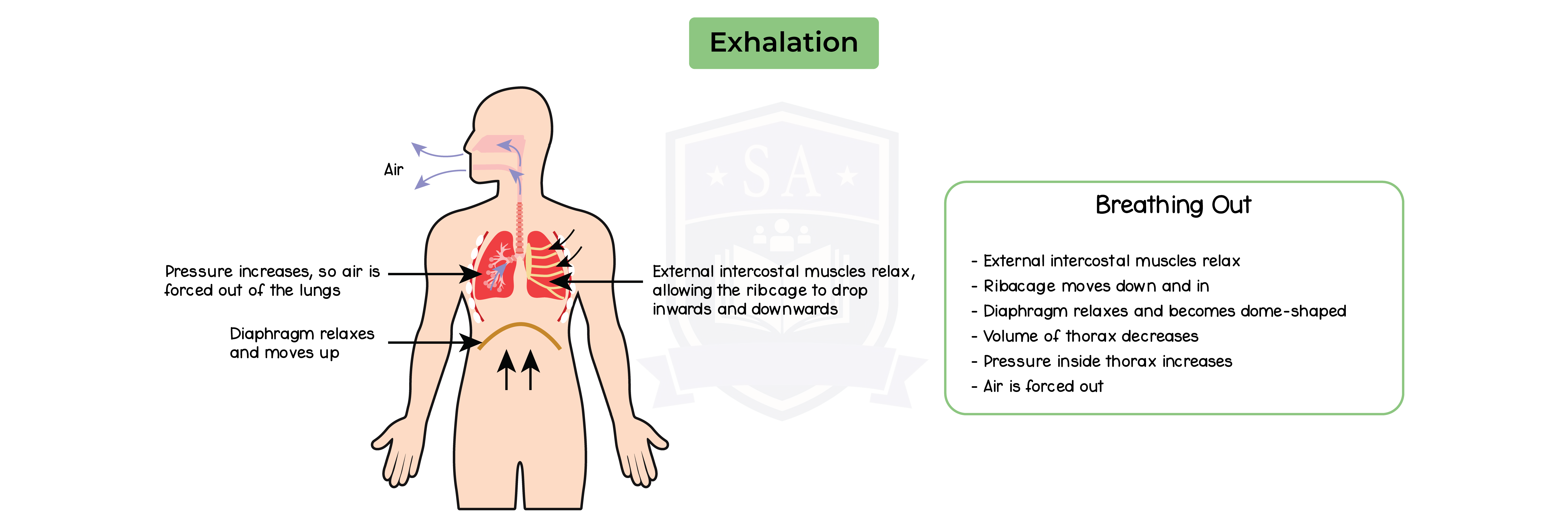

© 2025 Studia Academy. All rights reserved.